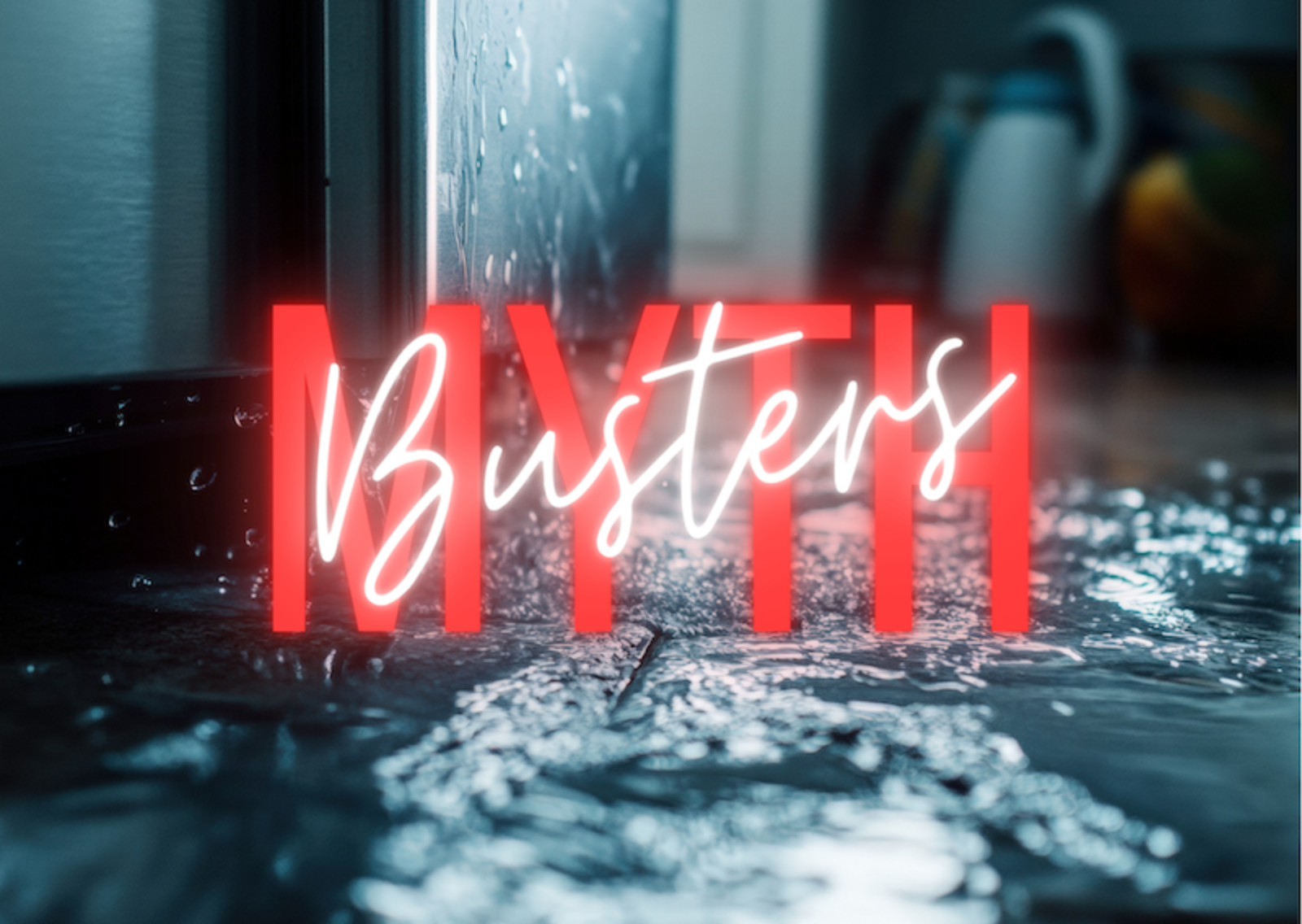Clearing the Confusion: The Truth About Water Damage and Restoration

When water invades your property, the clock starts ticking. Whether from a burst pipe, storm surge, or hidden leak, water damage can escalate rapidly. At National Disaster Solutions (NDS Recovery), we understand how overwhelming these moments can be—and how dangerous misinformation is in the midst of a crisis situation.
Widespread myths and misunderstandings about water damage can prevent property owners from taking the right steps at the right time. We are here to help and aim to break down the most common water damage misconceptions and give you clear, expert-backed facts from years of experience so you can respond effectively and safeguard your property with confidence.
Myth #1: It’s just water. It’ll dry on its own.
Nope! On the contrary, untreated water can be incredibly destructive. Many property owners assume that minor water exposure will simply evaporate over time without serious consequences. Unfortunately, what you can’t see may be doing the most damage.
The Facts: Water seeps into walls, flooring, insulation, and structural elements quickly. Even small amounts can promote mold growth and weaken building materials within 24 to 48 hours. Professional water extraction and drying are essential—especially in hidden spaces where moisture lingers undetected.
Myth #2: I can wait a few days before calling for help.
Nope! Delaying your response after discovering water damage might seem like no big deal, especially if the issue appears minor. But postponing action can lead to more extensive damage and higher restoration costs.
The Truth: Speed is critical. Mold can begin forming within 24 hours, and the longer materials remain wet, the more irreversible the mold damage becomes. At NDS Recovery, we respond 24/7 to prevent further destruction and stabilize your property fast.
Myth #3: All water damage is the same.
Nope! While it might look the same at a quick glance, this could not be further from the truth. The source of water matters. Many property owners assume all water damage is equal, treating them with the same approach. Each case is different and is actually broken down into categories.
The Truth: Water damage is classified into three categories:
Clean water (from broken pipes or rainwater)
Gray water (from appliances or sinks, potentially containing contaminants)
Black water (from sewage or flooding, hazardous and unsanitary)
Each type of water requires a specific remediation restoration strategy. Treating contaminated water as if it were clean can lead to health hazards and improper restoration. NDS Recovery uses industry-standard protocols to identify, handle, and eliminate all levels of contamination safely and make your property safe again.
Myth #4: Mold takes a long time to grow.
False. There is a common belief that mold won’t appear for days or weeks after water exposure. With this assumption, property owners skip immediate mitigation, thinking they have time, which could not be further from the truth.
The Truth: Mold spores begin growing within 24 to 48 hours of moisture exposure. The faster the water is removed and humidity is controlled, the lower the risk of mold damage. Our certified teams at NDS prioritize moisture mapping and controlled drying to prevent mold before it has the chance to start.
Myth #5: I don’t need professional help—I can handle it myself.
False. You may think you can do it yourself , unfortunately, standard home tools like shop vacs and fans are just not built for full-scale water extraction and structural drying.
The Truth: Water damage restoration is both a science and a craft. The highly-trained professionals at NDS use specialized equipment such as industrial-grade dehumidifiers, moisture meters, and thermal imaging to fully assess and remediate the damage. What looks dry on the surface might be hiding deep saturation underneath that can cause long-term problematic issues.
NDS Recovery not only removes the water—we monitor moisture levels, protect air quality, and document everything for insurance purposes.
Myth #6: If I can’t see damage, there’s nothing to worry about.
Nope! One of the most dangerous assumptions is that if something looks fine, it must be fine. Water has a way of working behind the scenes, damaging areas you can’t easily inspect.
The Truth: Water often seeps behind walls, under flooring, or into HVAC systems where it silently compromises materials and fosters mold. A professional inspection is critical to uncover and address hidden damage that you cannot see. NDS Recovery uses non-invasive detection tools to fully assess and address all affected areas.
Myth #7: Insurance won’t cover water damage.
Many property owners assume water damage isn’t covered by their insurance, so they don’t bother filing a claim.
The Truth: While coverage does vary, many policies do cover certain types of water damage—especially when the source is sudden and accidental (like a pipe burst). NDS Recovery helps clients navigate the claims process by providing detailed documentation and working directly with insurers to support your case.
Setting the Record Straight with NDS Recovery
At NDS Recovery, we’ve seen the consequences of following bad advice. The truth is, water damage restoration isn’t just about drying things out—it’s about preserving health, protecting structural integrity, and preventing long-term costs.
We offer:
24/7 emergency response
IICRC-certified technicians
Advanced drying and dehumidification technology
Mold prevention and remediation
Full documentation for insurance claims
Our goal is to take the uncertainty out of disaster recovery. When you choose NDS Recovery, you're choosing experience, integrity, and results.
In an emergency, there’s no time for guesswork. Knowing what to do—and what not to believe—can make all the difference. Don’t let myths delay your recovery or threaten your property. If water damage strikes, contact the professionals at NDS Recovery for a fast, knowledgeable response you can trust.
Ready When You Need Us Most
Contact us for immediate assistance. Your property is worth protecting—and we’re here to make sure it stays that way.

